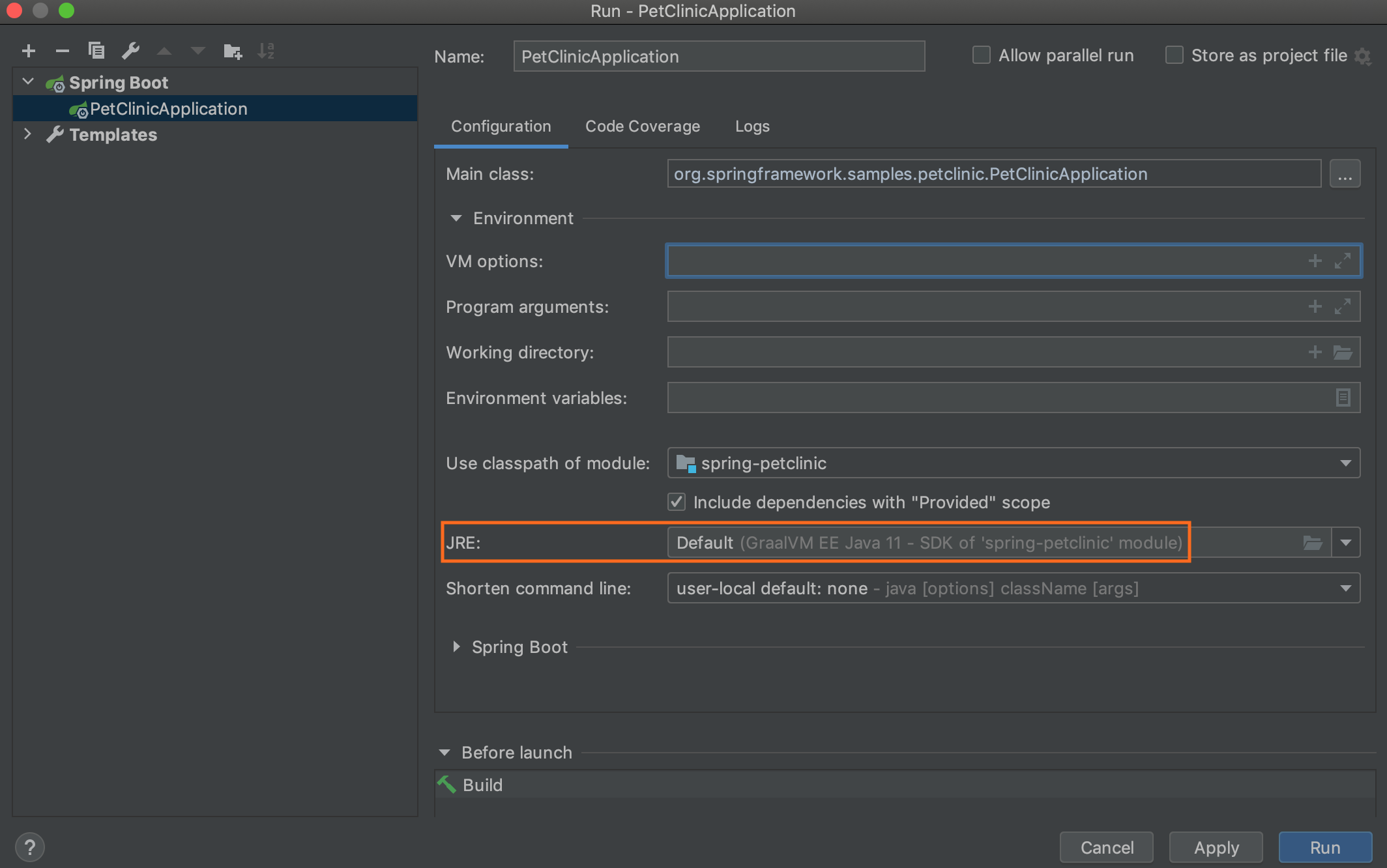

- #SET JAVA HEAP SPACE IN ECLIPSE FOR MAC OS HOW TO#
- #SET JAVA HEAP SPACE IN ECLIPSE FOR MAC OS ZIP FILE#
- #SET JAVA HEAP SPACE IN ECLIPSE FOR MAC OS CODE#

I have never seen the need to have more than one, so I recommend turning on the checkbox that says "Use this as the default and do not ask again".Īnother thing that happens the first time you run Eclipse is that you arrive at a welcome screen. The default location is sensible on all platforms, so use that.įor some reason, every time you start Eclipse, it asks you which workspace you want to use. This is where it stores the things you are working on. The first time you launch Eclipse it does a bit of setup stuff, for instance, it creates a workspace. On Linux, unzip somewhere suitable, and make an easy way to launch it. Go into the Eclipse folder and drag the Eclipse app to the Dock for ease of launching. On MacOS, unzip and copy the Eclipse folder into Applications. Then look in the Eclipse folder and drag Eclipse.exe to the Start menu/Desktop/Quicklaunch bar to make a shortcut for starting it. On Windows, unzip it into C:\Program Files (all the files go into an Eclipse folder there).
#SET JAVA HEAP SPACE IN ECLIPSE FOR MAC OS ZIP FILE#
You will notice that what you have got is a zip file (unless your system automatically decompresses it for you). Choose a Mirror, and wait for the ~100MB download.

Click on the link corresponding to your operating system where it says Eclipse Classic. I have used it on Windows, MacOS X and Linux, in each case with 1GB of memory, and that is plenty.

It has lots of very powerful features, and it is the editor that some Moodle developers like to use. You can leave a comment, or trackback from your own site.Eclipse is an IDE originally designed for Java, but now with plugins for many languages including PHP. You can follow any comments to this entry through the RSS 2.0 feed. This entry was posted on Wednesday, March 21st, 2007 at 20:45 and is filed under software. You are all set and ready for “indentational independence” ) Click “Ok”, choose the name for this profile and save it Click on “Show” button (if you previously edited this profile the button caption will be “Edit”)Īnd change the “Tab Policy” from “Tabs only” to “Spaces only”ģ.
#SET JAVA HEAP SPACE IN ECLIPSE FOR MAC OS CODE#
Open the default workspace in Eclipse (open Eclispse :) ) and go to “Window -> Preferences -> Java -> Code Style -> Formatter”Ģ. Some people refer to it as changing “Hard TABs to soft TABs”:ġ.
#SET JAVA HEAP SPACE IN ECLIPSE FOR MAC OS HOW TO#
Here is how to change the default Eclipse “tabbing behavior” to the unified “spacing” one. Here is one quick tip on how to ensure that indentation stays the same across all the systems/editors: It is obvious that these different operating systems use different editors and might even use (z/OS – EBCDIC) different character encodings… That is where incorrect formatting/indentation can decrease readability and maintainability tremendously… Let’s say you are developing a high performance code using Eclipse on Windows, than you deploy it to Unix Server, which FTPs some of the code to IBM’s z/OS… Let’s just say you do :)


 0 kommentar(er)
0 kommentar(er)
